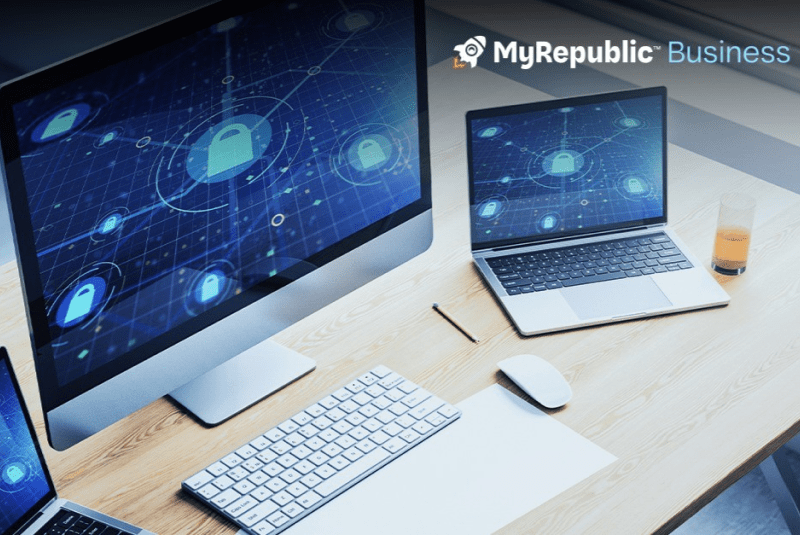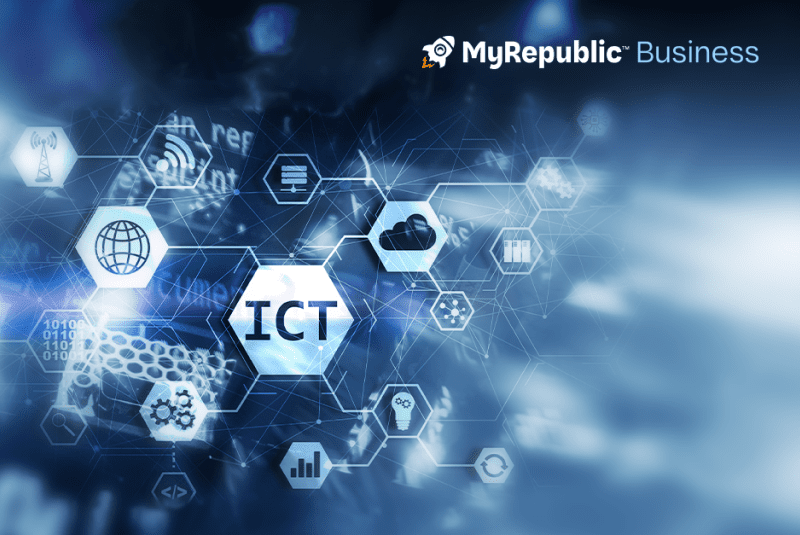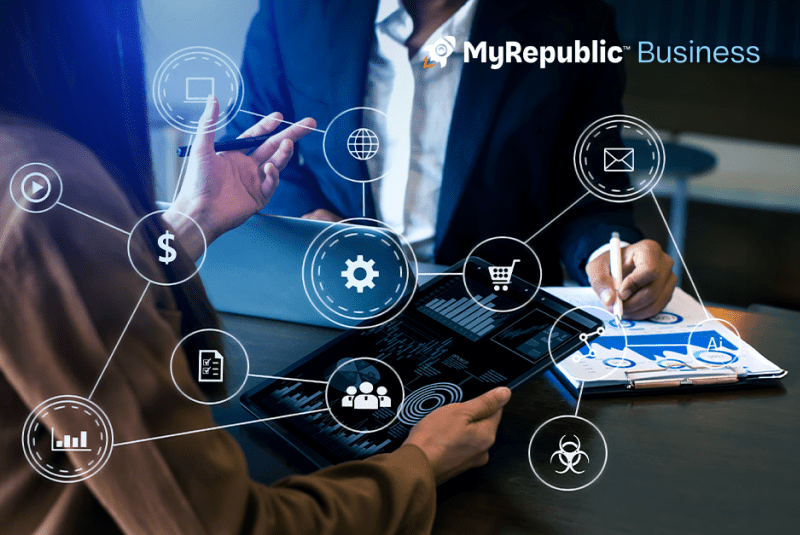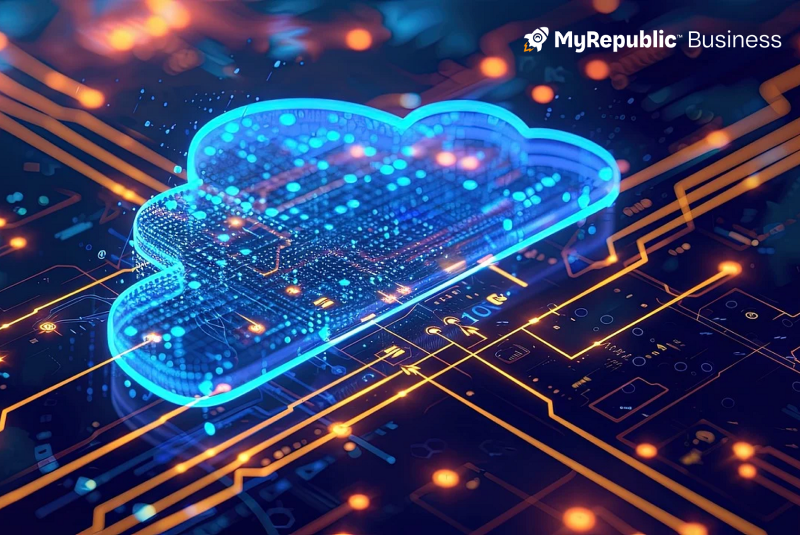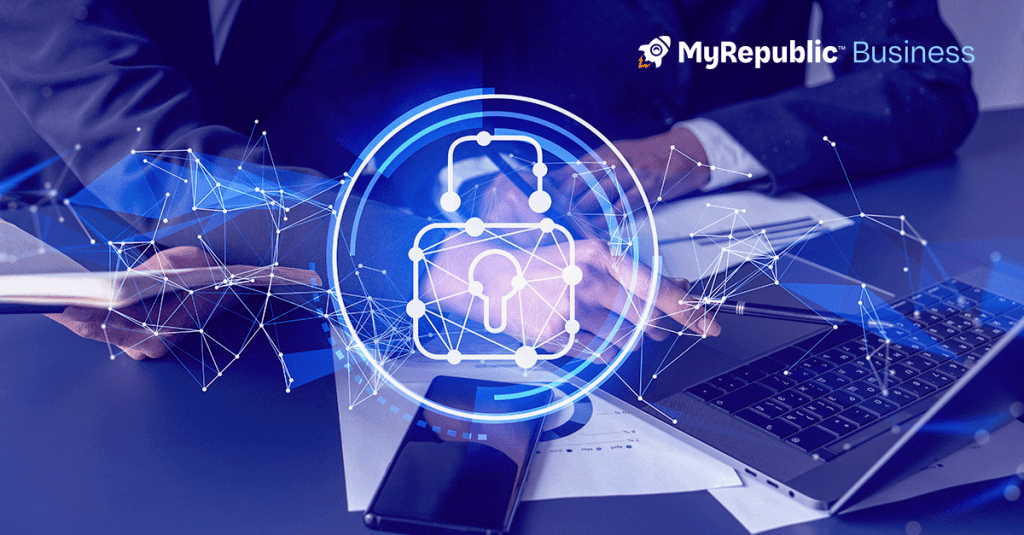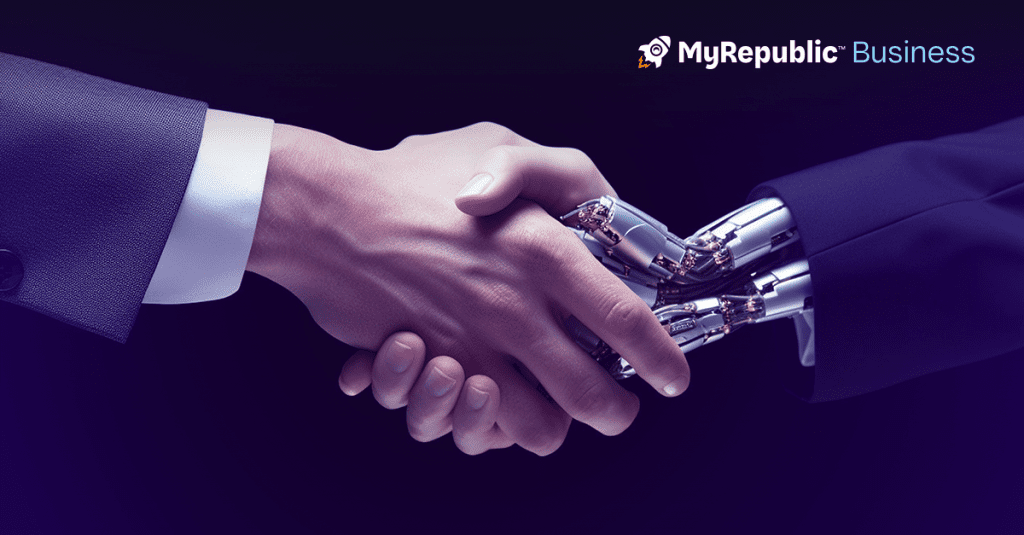As technology becomes increasingly embedded in business operations, organisations face heightened exposure to a variety of cyber threats, such as unauthorised access and malicious attacks. Cybercriminals are evolving their tactics and exploiting vulnerabilities, prompting businesses to prioritise robust cybersecurity. In this article, we'll explore different types of cybersecurity measures and the latest trends shaping the industry in 2024.
- November 8, 2024


